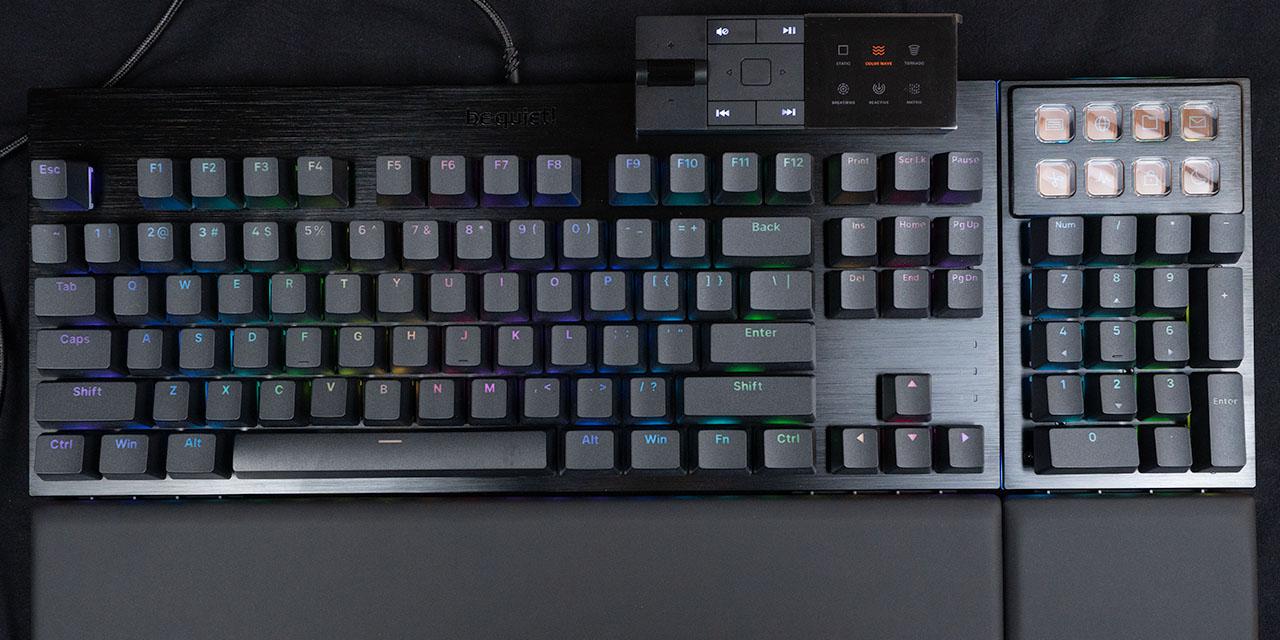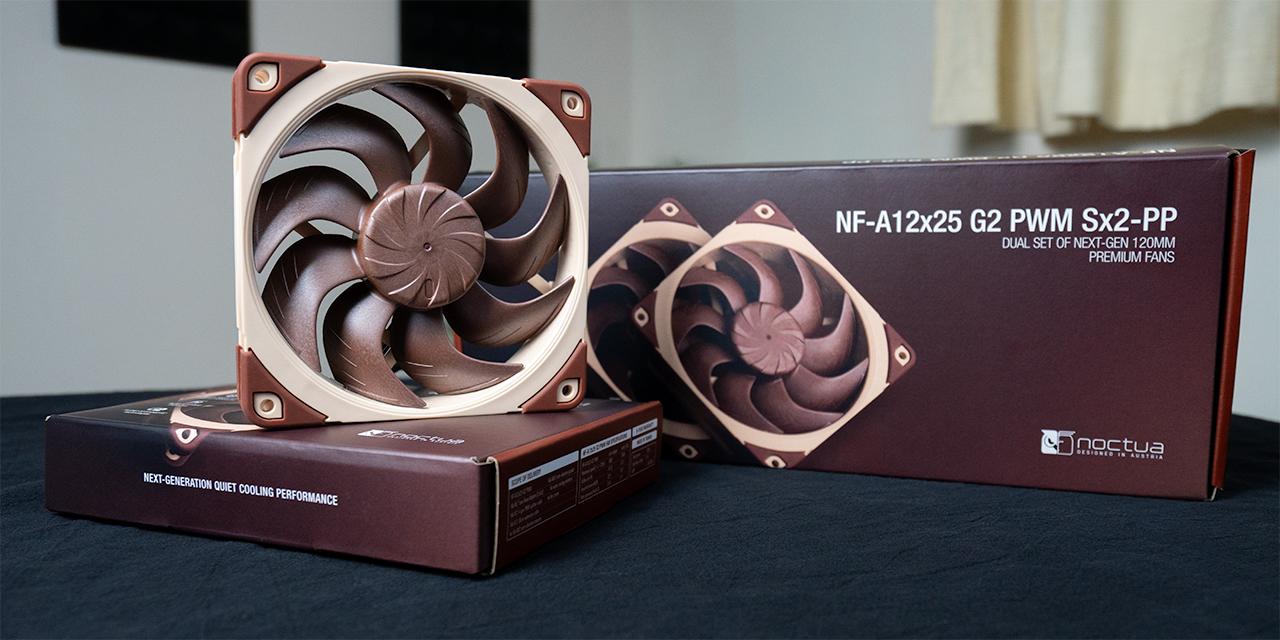Page 5 - Benchmark: Crystal Disk Mark 8.0
About Crystal Disk Mark
- Measure Sequential and Random Performance (Read/Write/Mix)
- Peak/Real World Performance Profile
From: Developer's Page




Crystal Disk Mark 8.0 is in the spotlight. Just a bit of background information, higher capacity drives tend to perform a little better in these tests. The ability of a controller and flash memory to deliver high IOPS will provide huge benefits to the score as well. As manufacturer peak read and write performance ratings are usually achievable using Crystal Disk Mark, whether a drive lives up to its marketing claims or not can be validated by this program.
Crucial claims the P510 1TB's maximum read and maximum write are pinned at 11000MB/s and 9500MB/s, respectively. Looking at the read and write results, the PCIe 5.0 NVMe-based P510 1TB absolutely demolished sequential read and write sections against other PCIe 4.0 NVMe drives, which was expected per the specifications. The tested numbers were pretty close compared to the advertised numbers. However, there was no performance advantage compared to the rest of the tested SSDs in the RND4K benchmarks. Overall, the Crucial P510 1TB was a total knockout when it came to linear read and write, but posed no gains in the sections that require higher IOPS. I will let you make your own comparisons in our list of NVMe SSDs in the graphs above.
Page Index
1. Introduction, Packaging, Specifications
2. A Closer Look, Test System
3. Benchmark: AIDA64 Disk Benchmark
4. Benchmark: ATTO Disk Benchmark
5. Benchmark: Crystal Disk Mark 8.0
6. Benchmark: HD Tune Pro 5.70
7. Benchmark: PassMark PerformanceTest 11
8. Benchmark: PCMark 10
9. Benchmark: 3DMark
10. Conclusion





